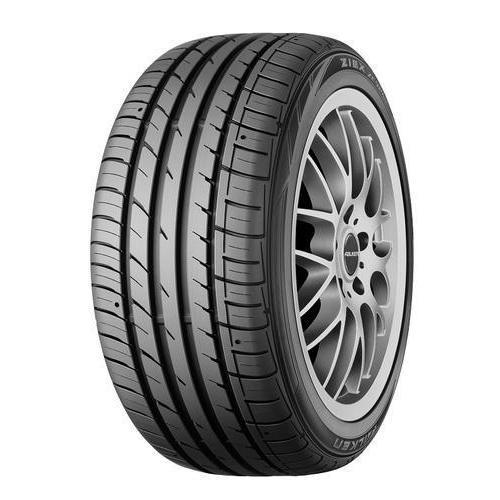Tyres have been around for a long time offering better ways to traverse for ages. When horseless carriages were invented, wooden wheels immediately became irrelevant, providing their weak build quality and uncomfortable riding experience.
The same goes for metal-covered wheels too. Even though they were quite reinforced, the comfort levels were ridiculous and every bump would feel extremely uneasy. After several ineffective approaches to wrapping car tyres in leather and metal wrappings, pneumatic rubber tyres were introduced to the world.
Developed by a Scottish vet, John Boyd Dunlop, these resilient rubber rings were introduced in 1888 as a solution that could be easily fitted into the rim and inflated through an inner tube. However, the latter proved to be an even bigger problem instead.
What Was Wrong with John’s Inner Tubes Concept?
Due to certain material-based shortcomings at that time, the inner tubes were made with fragile rubber compounds. They were heavily vulnerable to sharp objects and often became prone to flattening and punctures.
Though the unavailability of the proper solution made them a benchmark for the purpose, it soon became a mainstream idea to carry a mechanic wherever people drove to prevent any unprecedented hindrance on the way.
What Does Tubeless Tyres Put on The Table?
First thing first, tubeless tyres are quite resistant to puncture and are designed with a sturdy external casing, which automatically makes them more resistant to cuts and stabs caused by uneven terrains, nails, shards of glass, and other foreign objects.
As compared to the pathetic experience you gain from soft-rubber tyres for your car, tubeless tyres price was positioned perfectly as a reasonable investment. Moreover, when these tyres start to deflate, the air escapes slowly and allows you to reach a garage before it gets completely flat.
The best car tyres of today are built with reinforced sidewalls capable of being ‘run-flat’ for several miles. Post the discovery of Dunlop, it surprisingly took nearly 40 years for someone to validate the idea and file a patent for the same.
The majority of designs at that time used natural rubber that was way too soft and promotes air leakage. Later in the 1920s, BF Goodrich introduced a functional synthetic butyl rubber, which while was harder and more resistant to leaks, was quite tricky to manufacture.
Fast forward to now, tubeless and radial construction tyres are so mainstream in the design standards that it’s very unlikely to come across a tyre manufacturer that utilizes something else.
Final Words
The reason you can drive your car on the worst of the terrains without any discomfort is the continuous development of these tyres. What once started as a carved piece of wood is now engineered thoughtfully for the best. It appears like tubeless car tyres will be mainstream in the market unless someone else reinvents the concept of wheels. To browse through the best car tyres, you may consider checking out the website of Apollo Tyres.
.png)
.png)



0 Comments